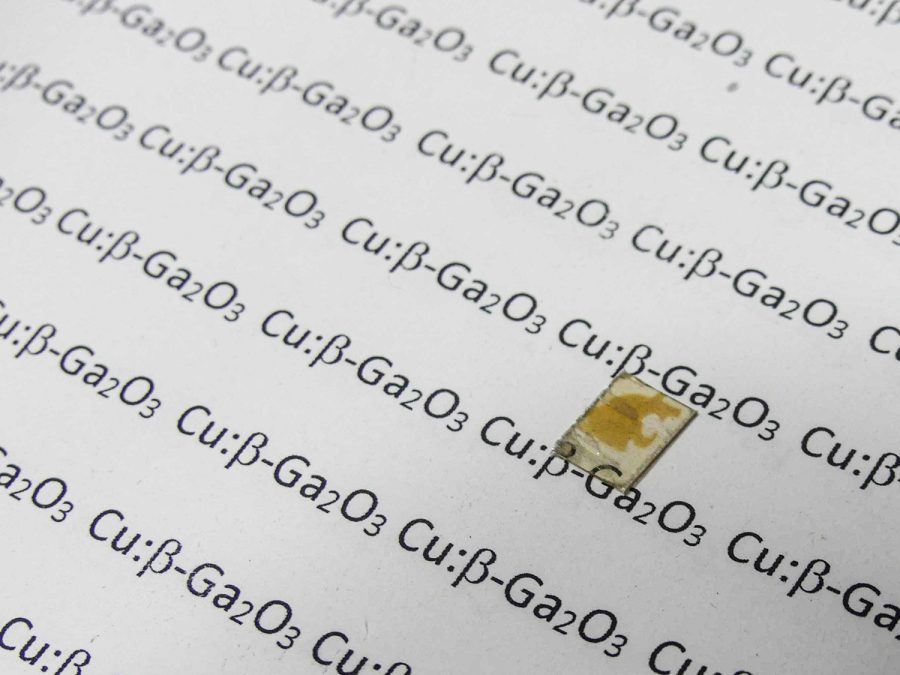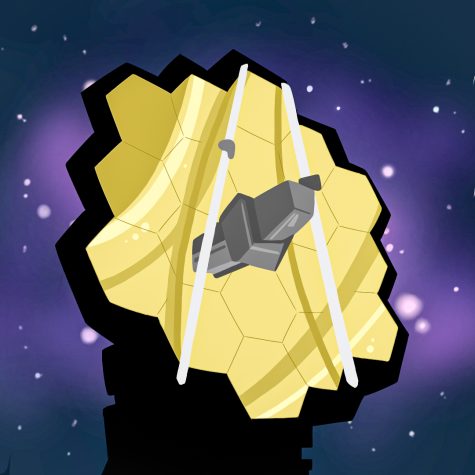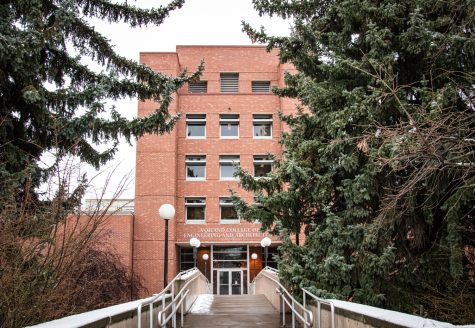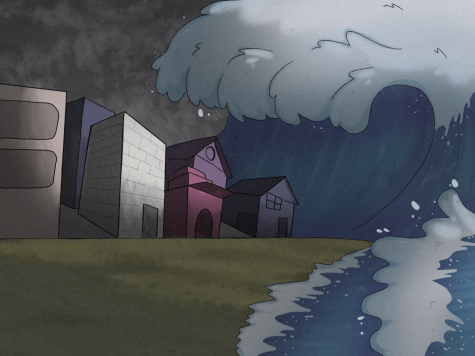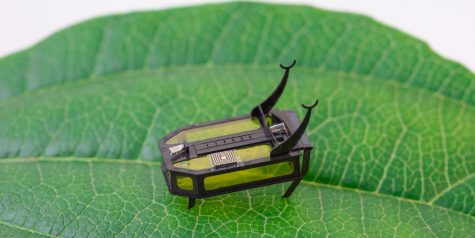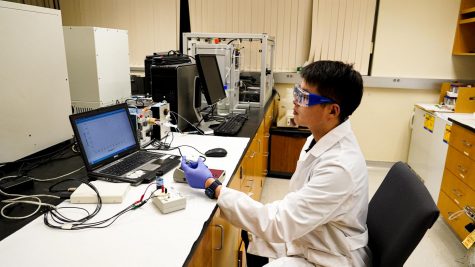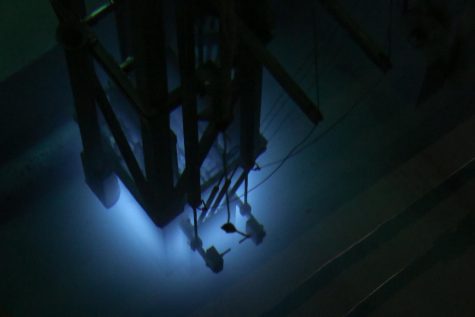Researchers to study crystals for laser usage
Crystals must have photoconductive properties to control lasers
Researchers are looking to other subconducters like diamond.
March 10, 2022
WSU researchers are working on growing crystals and researching ideal elements to give the grown crystals photoconductive properties.
Photoconductivity is the ability of a material to conduct electricity when exposed to light. The elemental structure of a material will determine its photoconductive properties, said Matt McCluskey, physics professor for the Department of Physics & Astronomy.
Gallium oxide crystals require specific dopants to achieve photoconductive properties. A dopant, or impurity, is an element added to a crystal to give it those properties, McCluskey said.
“By adding certain atoms such as manganese to the gallium oxide, you hope that the gallium oxide will have just the right photoconductive properties for whatever application you need,” he said.
The project is an effort between WSU and the Lawrence Livermore National Laboratory in California. WSU will grow and examine the photoconductive properties of crystals while crystals with ideal properties will be given to Lawrence Livermore to use in lasers at their National Ignition Facility, said John McCloy, professor for the WSU School of Mechanical and Materials Engineering.
NIF contains lasers capable of exerting high pressure and temperature, and the provided crystals must withstand high-intensity laser light. The crystal must also have the correct photoconductive properties to control the laser beam, McCluskey said.
“The idea was to focus lots of laser beams on some hydrogen and cause fusion, like on the sun,” he said. “Nowadays, they use NIF to create extremely high pressure and temperature using all these laser beams.”
WSU will grow crystals using the Czochralski method — this is known as melt growth. The Czochralski method is an artificial form of crystal growth that will increase the temperature of a melt to create crystals, McCluskey said.
The melt is contained within a crucible, a pot that can withstand high temperatures. Normal pots will either melt or react with the melt, while a crucible is heated with radiofrequency, he said.
A seed crystal is dipped into the pot to attract the melt. The melt will solidify as the seed is pulled out of the melt, thus forming a crystal, McCluskey said.
A drawback to the Czochralski method is the cost of iridium, an element used in crucibles. The element is capable of withstanding high temperatures, but its durability will decrease with usage, he said.
“If you can make 1,000 crystals using the same crucible, that’s great,” he said. “The problem is the crucible experiences wear and tear [over time].”
An electron can conduct electricity when liberated from its bond, McCloy said.
The size of the bandgap – the minimum amount of energy required to break an electron bond – will determine the natural photoconductive properties of a material. Insulators, such as rubber, have a very large bandgap in contrast to metals. Semiconductors fall in the middle, he said.
“An important property of a semiconductor is the bandgap,” McCluskey said. “The larger the bandgap, the better the crystal is at surviving harsh conditions.”
WSU is also looking at semiconductors like diamonds. However, gallium oxide is the only crystal that remains inexpensive, McCloy said.
Gallium oxide has a large bandgap by nature. Electrons in the material require more energy to isolate and conduct electricity, he said.
The absence of an electron will create a hole in its atomic bond, so dopants are added to increase the electrical conductivity of a material. They must be added following the energy requirement in the electron bond, McCloy said.
“We are trying to place an energy level precisely [concerning] the energy gap to have a transition or can excite specific energy. This will pass the light of the NIF laser as well as absorb the light from the laser,” he said.

